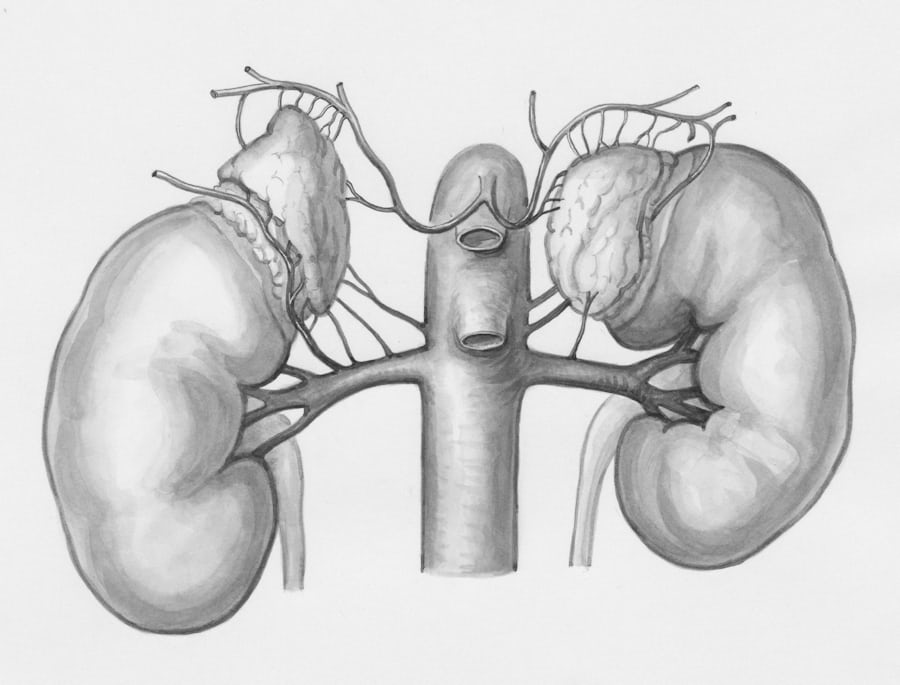Navigating Kidney Stone Treatment: From Home Care to Advanced Procedures
Kidney stones, solid mineral and salt deposits that form in the kidneys, can cause significant pain and discomfort.Treatment for these common urinary tract disorders varies widely depending on the stone’s size, type, and location, as well as the severity of symptoms. Options range from simple at-home remedies to sophisticated surgical interventions.
For smaller stones, which are often the majority, the initial approach is typically conservative:
Hydration: Drinking plenty of water—around 2 to 3 liters per day—is crucial. This helps to dilute the urine and can assist in flushing out smaller stones. The goal is to produce clear or pale yellow urine.
Pain Management: Over-the-counter pain relievers like ibuprofen or naproxen sodium can help manage the discomfort associated with passing a kidney stone.
Medical Expulsive Therapy (MET): In some cases, doctors may prescribe alpha-blockers, such as tamsulosin. These medications relax the muscles in the ureter, the tube that carries urine from the kidney to the bladder, making it easier and less painful for the stone to pass.
Larger stones or those causing significant symptoms may require more invasive treatment:
Extracorporeal Shock Wave Lithotripsy (ESWL): This non-invasive procedure uses sound waves to create strong vibrations (shock waves) that break large stones into smaller, more easily passable pieces. It is a common treatment for stones of a certain size and location.
Ureteroscopy: A thin, lighted tube with a camera (ureteroscope) is inserted through the urethra and bladder to the ureter where the stone is located. The surgeon can then either remove the stone with a small basket-like device or use a laser to break it into smaller fragments. A temporary stent may be placed in the ureter to help with healing and urine flow.
Percutaneous Nephrolithotomy (PCNL): This surgical procedure is typically reserved for very large or complex stones. It involves making a small incision in the back and inserting a scope directly into the kidney to remove the stone. This procedure is performed under general anesthesia and usually requires a hospital stay.
The type of kidney stone also plays a vital role in determining the course of treatment and prevention strategies:
Calcium Oxalate Stones: These are the most common type. Treatment may involve dietary changes to reduce oxalate intake (found in foods like spinach, nuts, and chocolate) and sometimes medication to decrease calcium excretion in the urine.
Uric Acid Stones: These form when urine is too acidic. Treatment often involves medications like allopurinol to lower uric acid levels and agents to make the urine more alkaline.
Struvite Stones: Often associated with urinary tract infections (UTIs), these stones can grow large quickly.Treatment typically involves antibiotics to clear the infection and surgical removal of the stone.
Cystine Stones: These are rare and caused by a genetic disorder that leads to an excess of the amino acid cystine in the urine. Treatment focuses on high fluid intake and medications to make the urine more alkaline and help dissolve the stones.
Lifestyle and dietary modifications are key to preventing future kidney stones:
Stay Hydrated: This is the single most important preventive measure.
Dietary Adjustments: Depending on the stone type, your doctor may recommend reducing sodium and animal protein intake. For calcium oxalate stones, limiting high-oxalate foods is beneficial.
Medications: For those with recurrent stones, specific medications may be prescribed to control the amount of minerals and salts in the urine.
When to Seek Medical Attention:
While many kidney stones can be managed at home, it is crucial to seek prompt medical attention if you experience:
Severe pain that makes it impossible to find a comfortable position.
Pain accompanied by fever and chills, which could indicate an infection.
Nausea and vomiting that prevent you from keeping down fluids.
Blood in your urine.
Difficulty passing urine.
A healthcare professional can accurately diagnose the size and type of kidney stone through imaging tests like CT scans or ultrasounds and urine tests. This diagnosis will guide the most appropriate and effective treatment plan for your specific condition.


